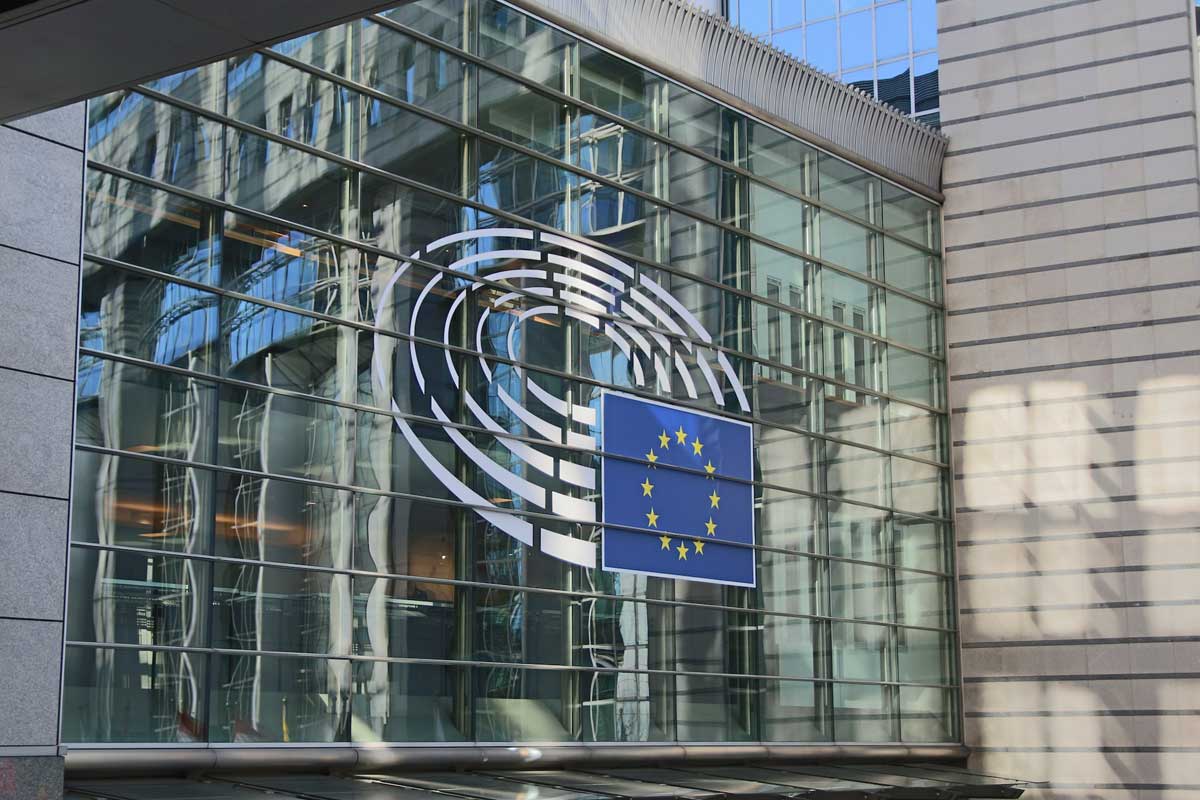G-20 mulls Ukraine-Russia peace plan amid U.S. boycott
Nov. 22 (UPI) — The South Africa-hosted G20 summit began Saturday with some member states weighing a proposed peace plan to end the Russian-Ukraine war.
The two-day event is being held in Johannesburg amid a U.S. boycott due to South Africa’s policies toward Afrikaners.
The 28-point plan would require Ukrainian leaders to concede territorial gains by Russia, which they previously rejected, and limit the size of their military, The New York Times reported.
The proposed plan would give Russia some parts of the eastern Donbas region and force Ukraine to forego any possibility of joining NATO, according to The Guardian.
President Donald Trump presented the peace plan to Ukrainian President Volodymyr Zelensky earlier this week and advised him to decide whether to accept or reject it by next week.
European leaders attending the G-20 conference held a side meeting to review the plan and generally agreed that it needs to be revised to gain their support.
The plan “includes important elements that will be essential for a just and lasting peace,” they said afterward in a joint statement.
“But it is a basis that will require additional work,” they said, adding: “Borders must not be changed by force.”
Representatives from Britain, Finland, France, Germany, Ireland, Italy, the Netherlands, Norway, Spain and the European Union signed the joint statement.
The peace plan is not a final offer, though, Trump said on Saturday.
While several participating nations weighed the peace proposal, South African President Cyril Ramaphosa delivered the opening speech for the gathering of the world’s 20-largest economies, minus the United States.
Indian Prime Minister Narendra Modi lauded the summit being held in South Africa and said it’s time for the world’s leading economies support sustainable development.
“With Africa hosting the G-20 summit for the first time, now is the right moment for us to revisit our development parameters and focus on growth that is inclusive and sustainable,” Modi said in a post on X.
“India’s civilizational values, especially the principle of integral humanism, offers a way forward,” he added.


